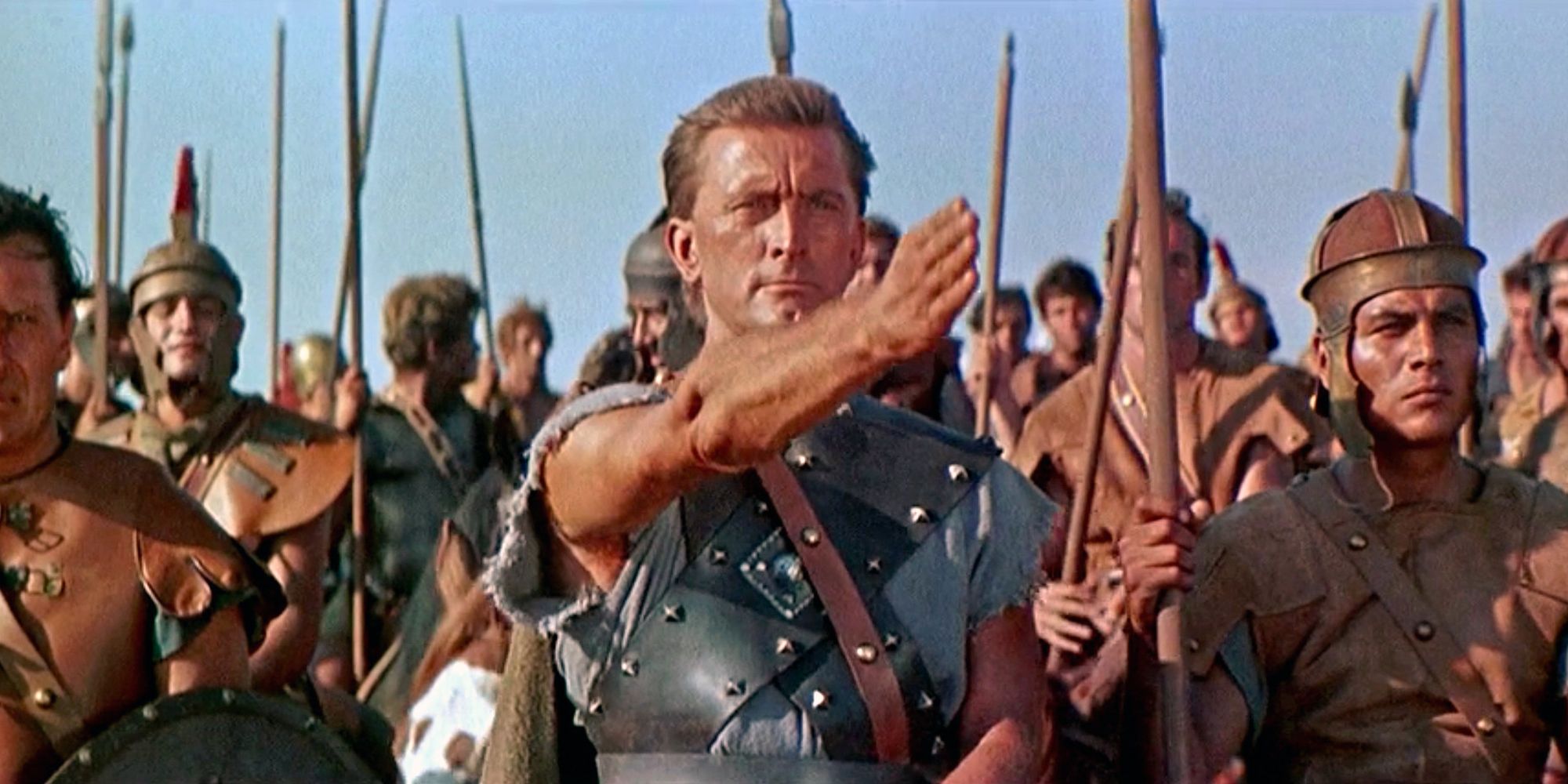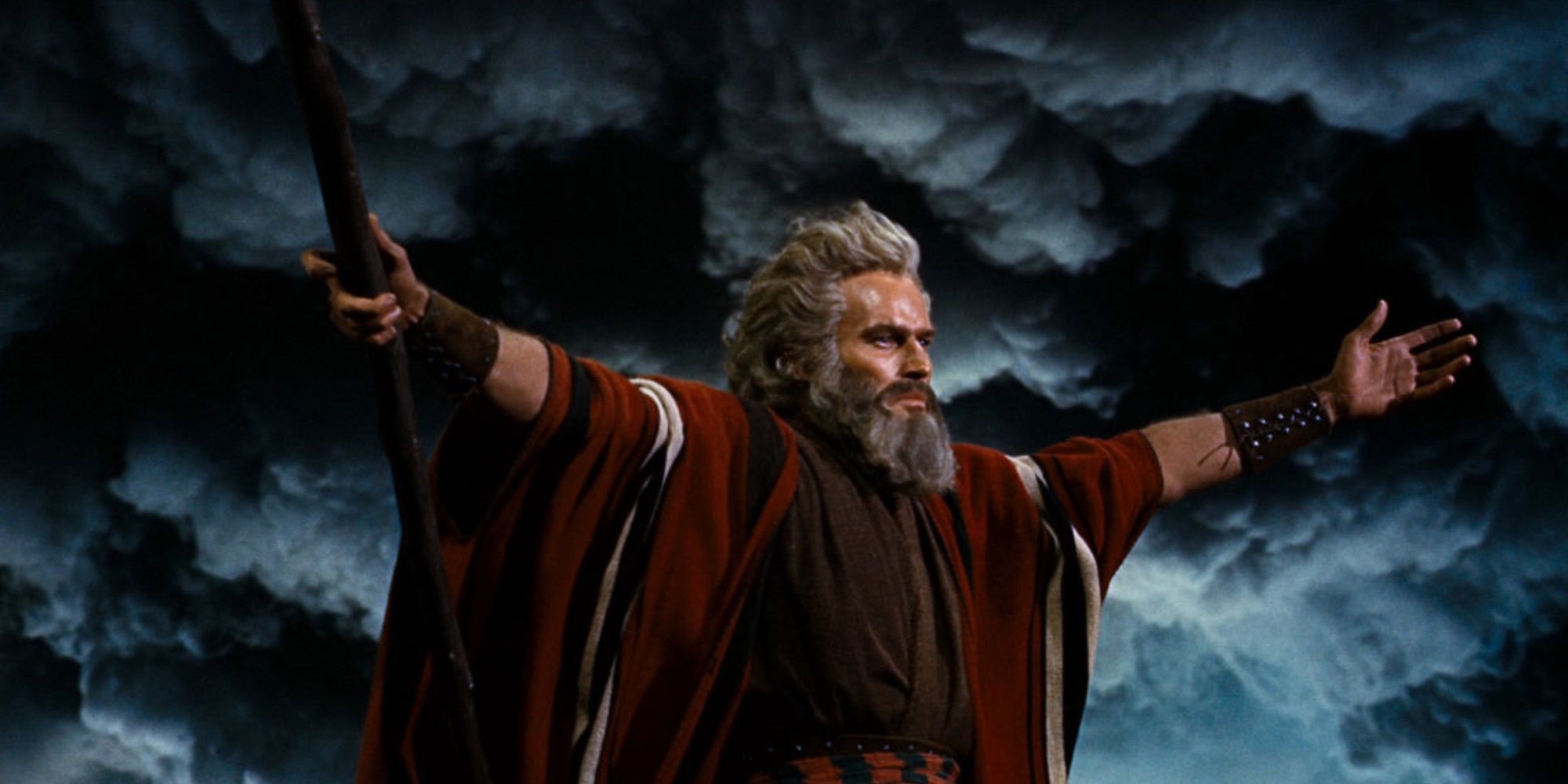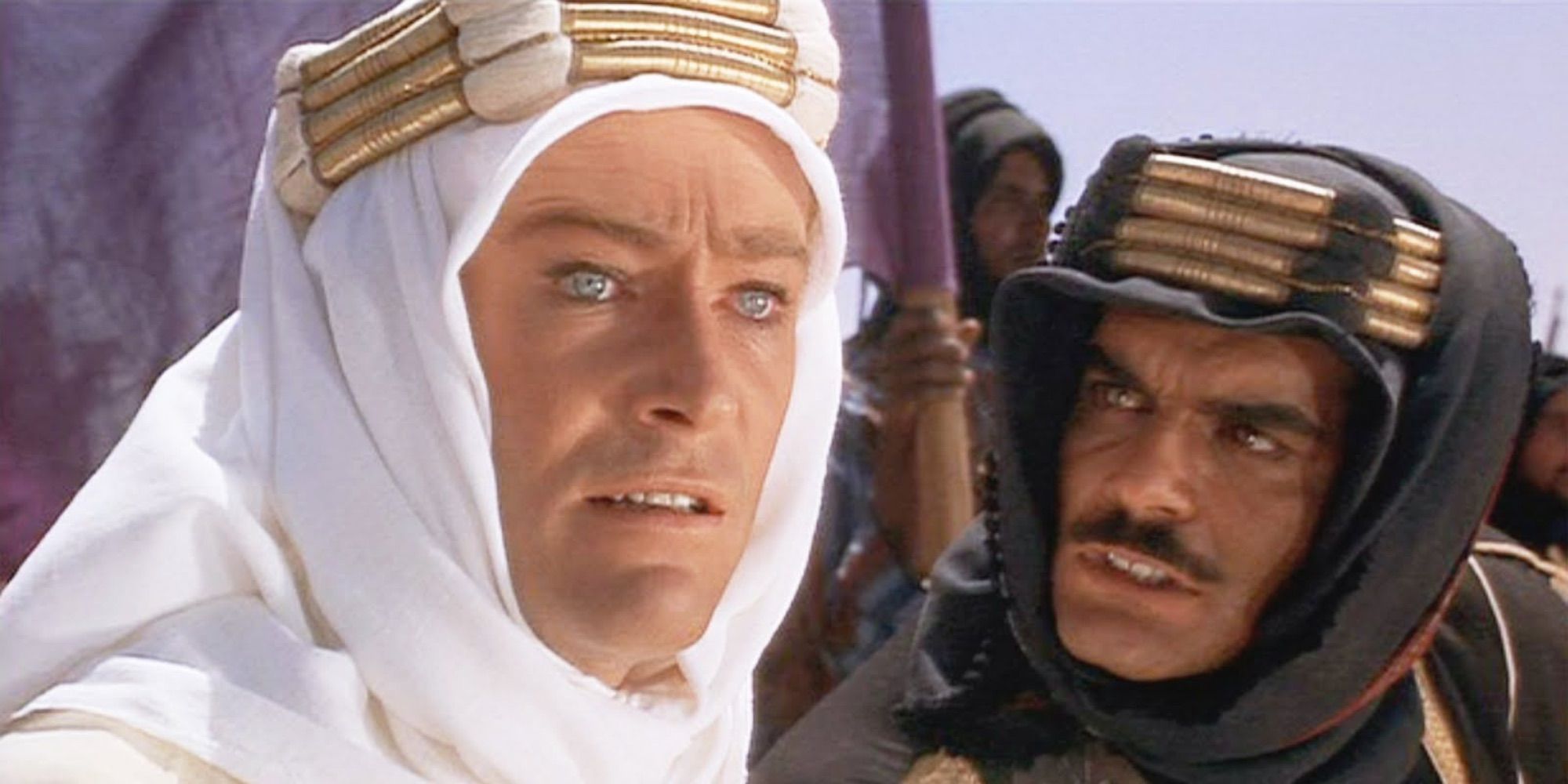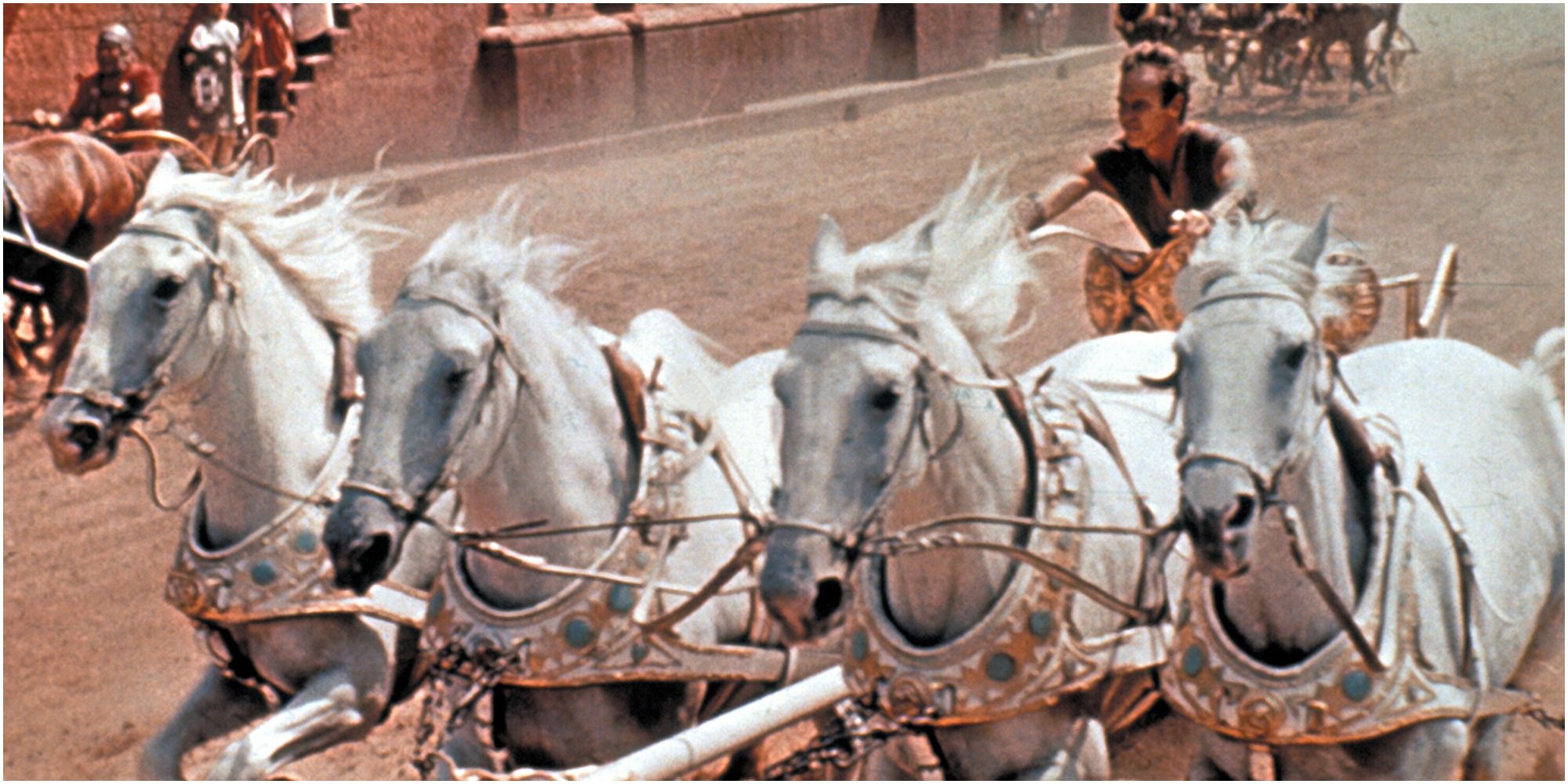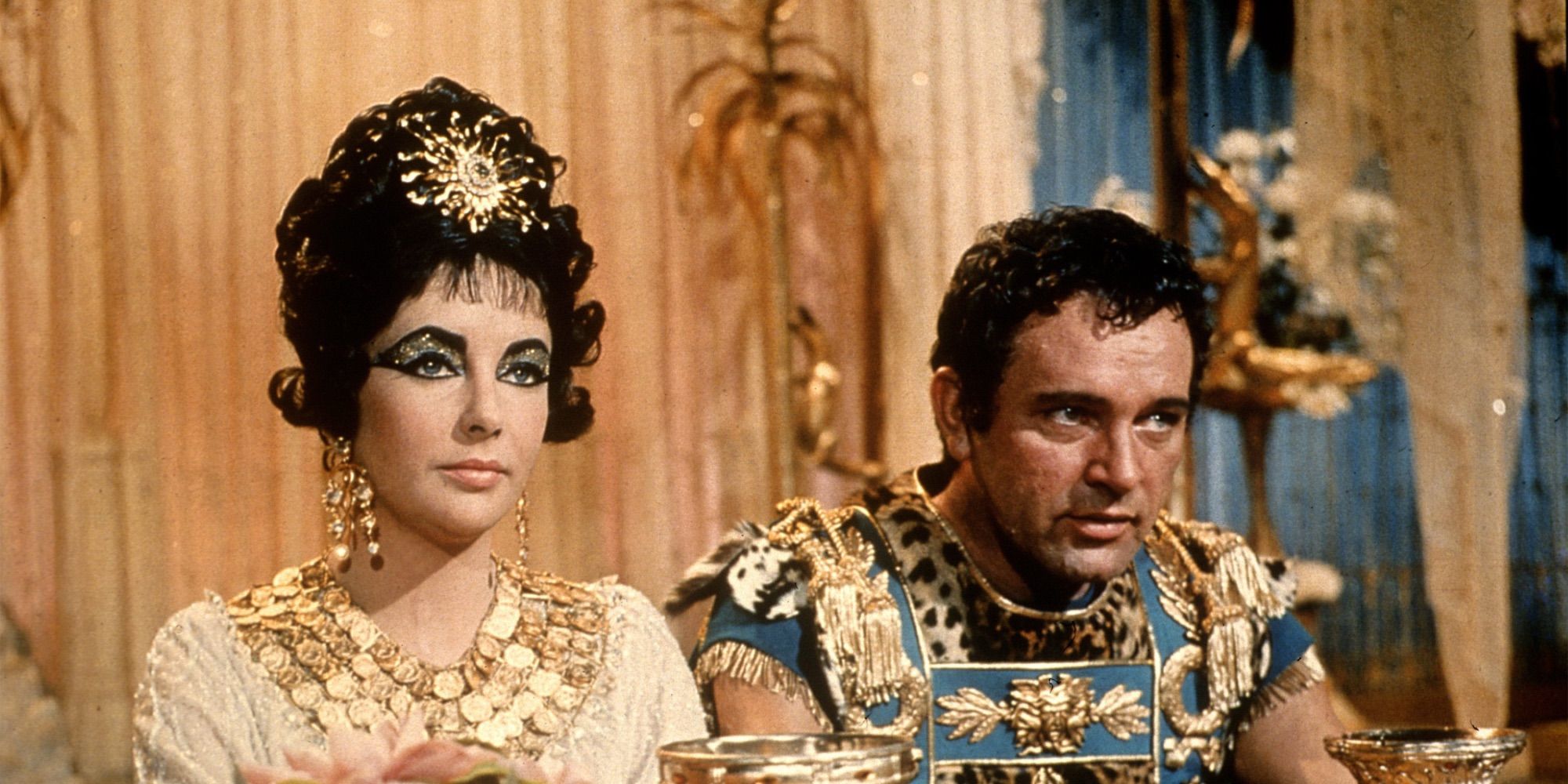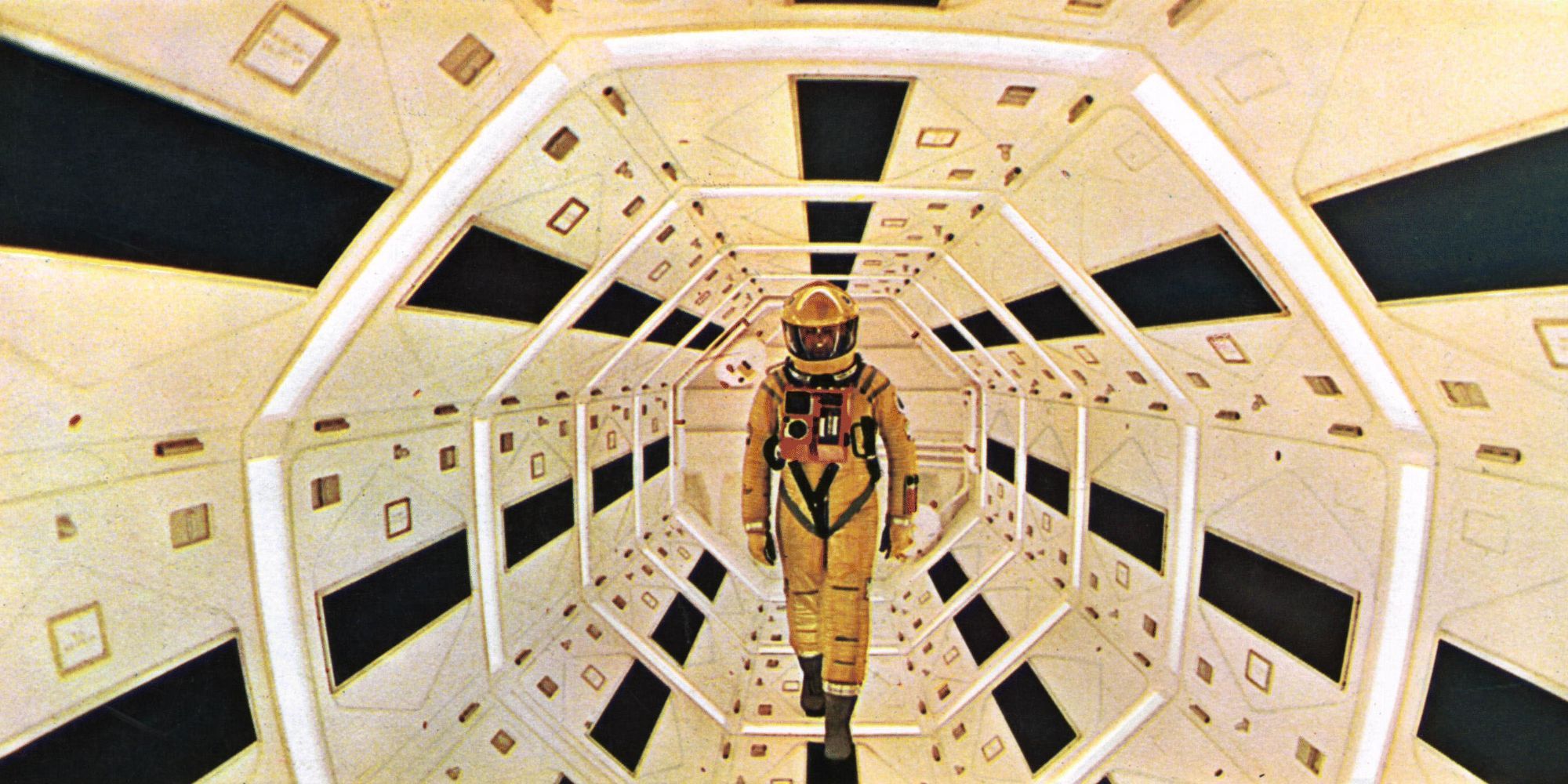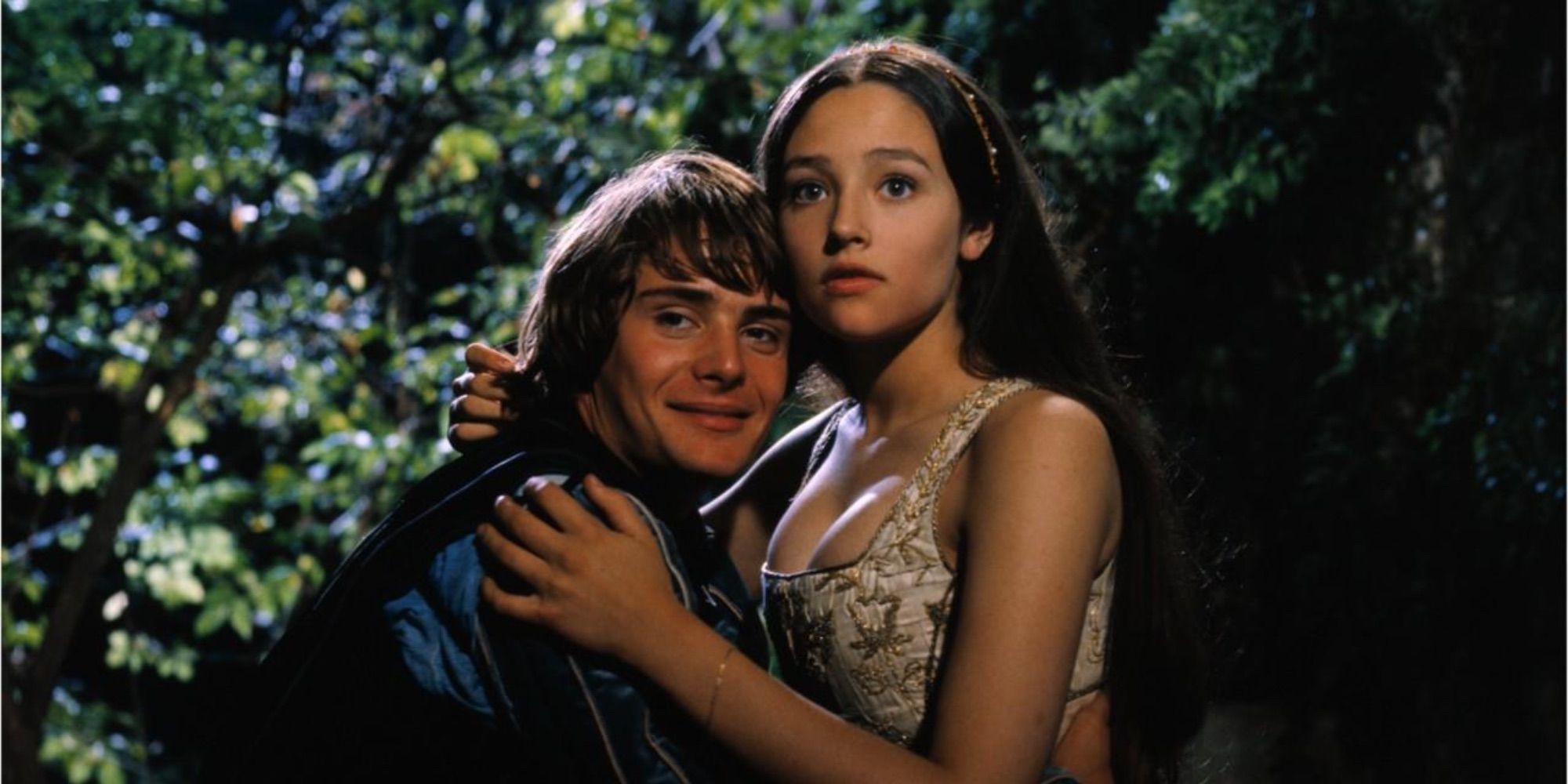Historical on a grand scale. Epic movies include some of the best made films of all time. These movies are chock-full of incredible stories and complex, well-rounded characters. Epic movies have been made in different genres, including history, adventure, and superhero films. Many epic films have gone on to win multiple accolades, including Academy Awards.
Epic movies are known to have a grand storyline which takes place across a period of time. The main character normally must endure an epic adventure of some kind or embark on a heroic endeavor.
'The Ten Commandments' (1956)
The Ten Commandments, released in 1956, was a remake of director Cecil B. DeMille’s 1923 silent film of the same name. The 1956 film, which featured Charlton Heston, Yul Brynner, and Anne Baxter was filmed on location in Mount Sinai, Egypt, as well as the Sinai Peninsula, and was DeMille’s most successful work. The film features one of the biggest exterior sets ever created, and dozens of crew members were involved. Specifically, there were four screenwriters, three art directors, and five costume designers who worked on the film. The film is also notable for being DeMille’s first ever widescreen film.
The Ten Commandments received multiple accolades, including seven Academy Awards. At the 1957 Academy Awards ceremony, the film won the award for Best Visual Effects. Heston was later nominated for a Golden Globe Award for Best Performance by an Actor in a Motion Picture. With its nearly four-hour length, many critics have argued that various inaccuracies were present in the depiction of the biblical story, despite the film’s claim of authenticity. However, the film remains as popular as ever.
'Lawrence of Arabia' (1962)
Lawrence of Arabia is a depiction of the life of T.E. Lawrence and his experiences within the Ottoman Empire provinces of Hejaz and Greater Syria during the first world war. Regarded as one of the greatest films ever made, the film received ten Academy Award nominations at the 1963 ceremony, and won seven of its nominations, including for Best Picture and Best Director. Additionally, the film's use of Super Panavision 70 in its cinematography garnered praise.
Starring Alec Guinness, Anthony Quinn, Anthony Quayle, Omar Sharif, and Peter O’Toole, the film’s characters portray actual people. However, several of the film’s scenes are considered to be fictionalized. Additionally, the film is found to be mostly inaccurate of the portrayal of Lawrence by O’Toole, with drastic differences found in the heights between Lawrence and O’Toole. Despite these various inaccuracies, it was voted as the best British film of all time in 2004.
'Ben-Hur' (1959)
A remake of the 1925 silent film titled Ben-Hur: A Tale of the Christ, Ben-Hur possessed the largest budget, as well as the largest sets constructed of any other film in its time. Filming on the epic began in May 1958 and employed hundreds of artists to construct and design the many statues needed in the film. Thousands of animals were used in filming in addition to the thousands of extras needed.
Ben-Hur received twelve Academy Award nominations, and won eleven of those nominations, which was unprecedented at the time. Since its release, only Titanic (1997) and The Lord of the Rings: The Return of the King (2004) have matched Ben-Hur’s winning streak. Additionally, the film won three Golden Globe awards, and won a Special Achievement Award for the chariot racing sequence, which utilized 78 horses and 18 chariots.
'Spartacus' (1960)
Directed by Stanley Kubrick, Spartacus was based on the novel from 1951 of the same name by Howard Fast. The film starred legendary actors such as Kirk Douglas, Laurence Olivier, John Gavin, and Tony Curtis. The book by Fast was blacklisted, and the screenwriter of the film, Dalton Trumbo, had been blacklisted as well. Douglas, who had lost out on the titular role of Ben-Hur to Heston, was the inspiration for Spartacus.
The film was shot using the 35-mm Super 70 Technirama format which was then blown to 70 mm film, while Kubrick was used to another film format, just one of the disputes over the filming since Kubrick wasn’t given complete control over the film. Nevertheless, Spartacus went on to win four Academy Awards, as well as Universal Studio’s (also known as Universal Pictures) biggest success at the time.
'Cleopatra' (1963)
The screenplay for Cleopatra was adapted from “The Life and Times of Cleopatra” by Carlo Maria Franzero. Elizabeth Taylor was cast in the title role, along with Richard Burton, Rex Harrison, Hume Cronyn, Martin Landau, and Roddy McDowall. The film’s production encountered many disruptions and delays, in part due to Taylor illness as well as the switch in the film’s directors, with Joseph L. Mankiewicz taking over directorial duties. Additionally, the revelation that Taylor and Burton were having an extramarital affair became a worldwide media spectacle.
Cleopatra was the most expensive film ever made at its time, and its budget nearly bankrupted the studio. Post production on the film produced nearly 120 miles of footage, with the final cut of the film crossing the four-hour mark. Despite the delays and the ever-burgeoning budget, Cleopatra was nominated for nine Academy Awards, and won four.
'2001: A Space Odyssey' (1968)
2001: A Space Odyssey was produced and directed by Kubrick. The story was cowritten by Kubrick and Arthur C. Clarke, and inspired by Clarke’s 1951 story titled, “The Sentinel.” The film is most known for its accurate depiction of space flight and use of classical music in place of dialogue. The film was shot in Super Panavision 70, which allowed an aspect ratio of 2.20:1. Further, 2001: A Space Odyssey is well known for the use of classical music in place of dialogue, which Kubrick sought to limit.
In order to make the film feel more realistic, intricate models of spacecraft were constructed. The sizes of the spacecraft models varied from two feet to nearly 55-feet. The film was nominated for four Academy Awards and won for Best Special Visual Effects.
'Romeo and Juliet' (1968)
Based on the play of the same name by William Shakespeare, the 1968 version of Romeo and Juliet was considered the most financially successful film adaptation of a Shakespeare play at the time of its release. Compared to film versions that came afterwards, the 1968 film is popular due to the impeccable costume design by Danilo Donati, which earned the film an Academy Award, along with an award for Best Cinematography.
Additionally, the film is so well known and beloved for its casting of actors who were close in age to the characters they were portraying. Leonard Whiting, who played Romeo was 17 years old, and Olivia Hussey, who played Juliet was only 16 years old. The film is considered by many to be the most realistic and accurate portrayal of one of Shakespeare’s written works.

